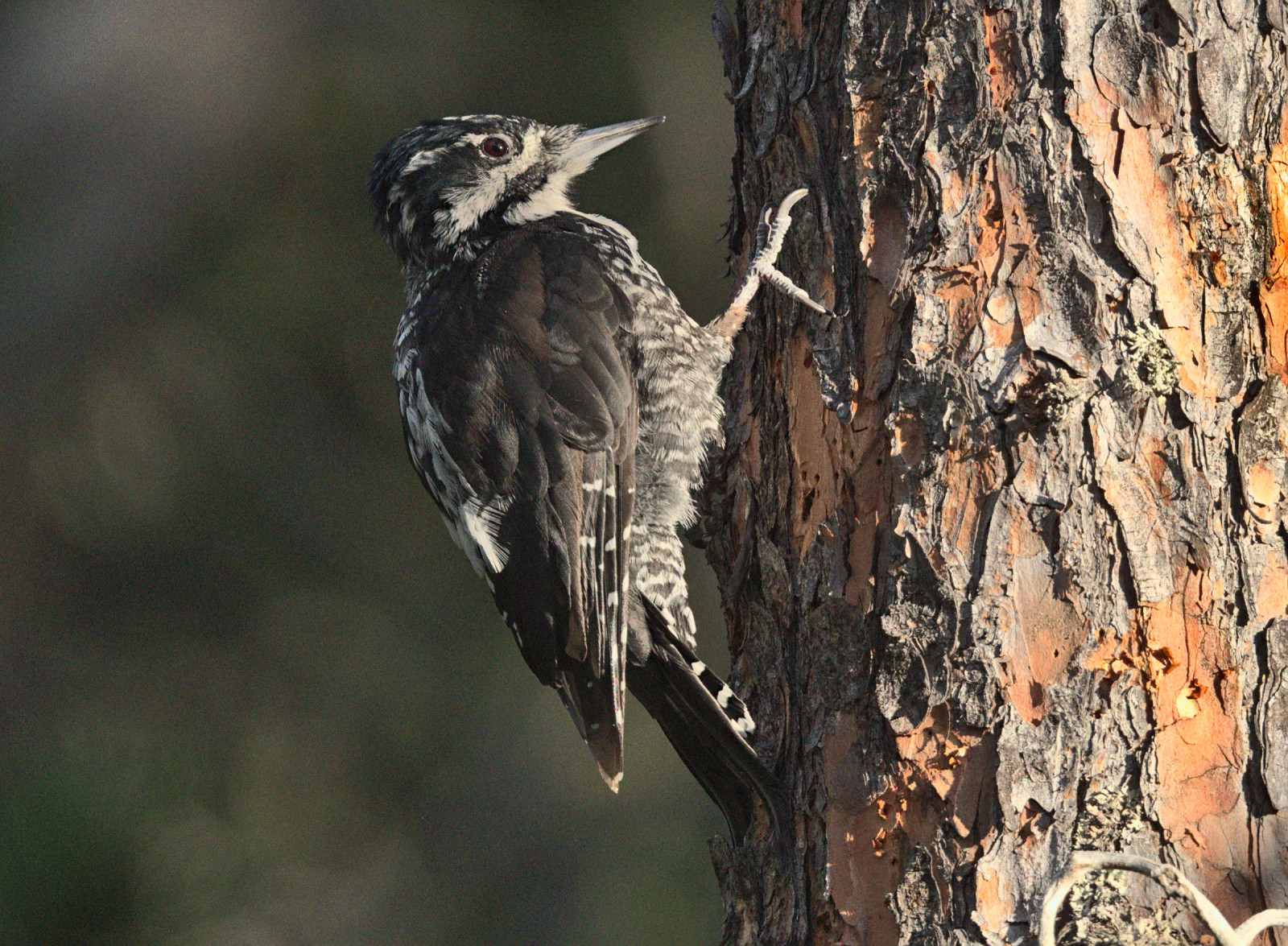Charger images
Les formats d'image autorisés sont de type jpeg, png ou gif
La taille maximale du fichier doit être de 20MB

Swiss National Park is best known for the re-introduced Gypaète barbu. The most established birding place is Munt la Schera.
The Swiss National Park, founded in 1914, is the oldest national park in Central Europe and spans 170 km² at an altitude of 1,400 to nearly 3,200 meters above sea level. It is home to typical alpine flora and fauna. Just over 120 bird species have been recorded in the park. One-third of its area is below the tree line, one-fifth consists of meadows, and the rest is barren terrain (rocks, ice, and snow).
The easiest way to explore the park is via an east-to-west alpine valley, the Val Müstair, through which the park's only road, the Ofenpass-Strasse H28, runs. Mountain peaks rise to the north and south of the road, while the largest part of the national park stretches south into the Val Trupchun. Munt la Schera is an easily accessible mountain south of the road and features the most popular birdwatching route in the area, with the park’s only specific reference points on Switzerland’s birdwatching website ornitho.ch. Similar species may also be found in the more remote Val Cluozza or the Val dal Spöl.
At the foot of Munt la Schera (1), the Ova dal Fuorn runs through the valley. At various points along the river, one can find Cincle plongeur, Bergeronnette des ruisseaux, and Chevalier guignette. The latter is the only regularly reported wader in the area, aside from the rare Pluvier guignard, which has rested on Munt la Schera several times between late August and mid-September in recent years. This species, however, is more reliably observed on the Cassonsgrat outside the park.
The first elevation gains lead through spruce forests (2). The Cassenoix moucheté, the park's emblematic bird, is omnipresent here. Additionally, Bec-croisé des sapins, Pic tridactyle, and, with some luck, Tétras lyre can be observed. The Pic cendré is a rarity, and the Bécasse des bois is elusive, best seen in the evening. Secretive owl and grouse species may also be present.
Beyond the tree line, the dry dolomite is overgrown with meadows and scattered shrubs (3), forming the preferred habitat of Accenteur alpin, Sizerin cabaret, Pipit spioncelle, Fauvette babillarde, Traquet motteux, Venturon montagnard, and occasionally Monticole de roche.
Following the path higher up, through steep scree slopes and rocky, vegetation-poor areas (4), one might, with patience and sharp eyes, spot the well-camouflaged Lagopède alpin as well as Tichodrome échelette and Niverolle alpine.
The true highlights of the park are often found high up in the skies. Alongside Chocard à bec jaune and Grand Corbeau, the park's birds of prey include Bondrée apivore, Faucon pèlerin, Aigle royal, and the iconic Gypaète barbu, which was reintroduced to the park in 1991 after being driven to extinction. For several decades, this largest bird of the Alps has been breeding in the area and can be seen throughout the park. It is no longer the only vulture here: since 2018, there have been occasional sightings of Vautour fauve. Increasingly larger groups of this species spend the summers in the Central Swiss Alps.
The Swiss National Park is easiest to reach from Zernez. From there, the Postbus 811 runs hourly toward Mals. The suggested route begins at the Il Fuorn P6 stop, where the park's only hotel is also located. P1 to P10 are parking areas, but due to the limited number of spaces, traveling by public transport is strongly recommended. Cars can be parked in Zernez (at the Alossai parking lot, the municipal parking lot, the parking lot of the bath, the train station, or at Pra da Punt).
The suggested route (6 km one way) is well-maintained but is a mountain trail. Good physical condition, sufficient water, sturdy footwear, and sun protection are essential. Checking the weather beforehand is highly recommended.
The National Park can only be visited in the summer (from mid-June). Dogs are not allowed in the National Park.
Overnight stays are only permitted in the hotel or the Chamana Cluozza, a hut in a different valley, which must be booked early. Otherwise, it is recommended to find accommodation in Zernez.
Leaving the trails is prohibited in the park. Birds and mammals such as marmot, chamois, and ibex are not particularly shy due to the quiet environment and can be easily observed. Red deer are best observed during rut in autumn.
Votre feedback sera transmis à l’auteur.rice de cette zone et à l’équipe éditoriale de Birdingplaces, qui l’utiliseront pour améliorer la qualité des informations. (Vous souhaitez publier un commentaire visible en bas de page ? Fermez cette fenêtre et choisissez l’Option 1 : « Publier un commentaire, un conseil ou une observation ».)
Veuillez fournir des suggestions d'améliorations ou d'ajouts au texte de ce site ornithologique.
Veuillez fournir vos suggestions d'améliorations ou d'ajouts à la carte.
Veuillez fournir des suggestions d'améliorations ou d'ajouts à la liste des oiseaux.
Cliquez sur l'icône de l'oiseau () Insérez les noms d'oiseau dans votre langue. Ils seront automatiquement traduits pour les autres usagers !